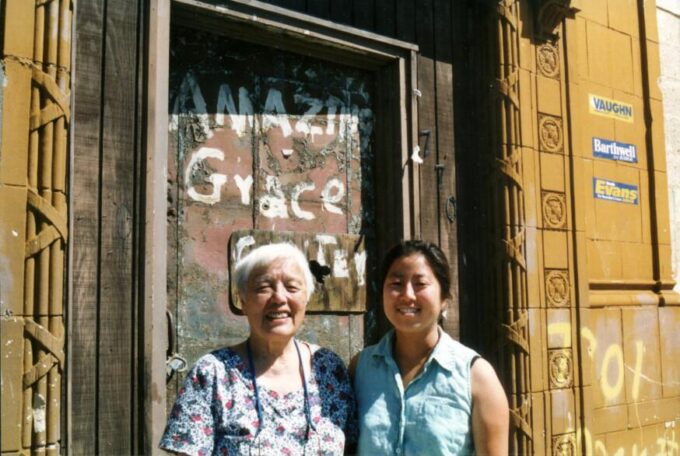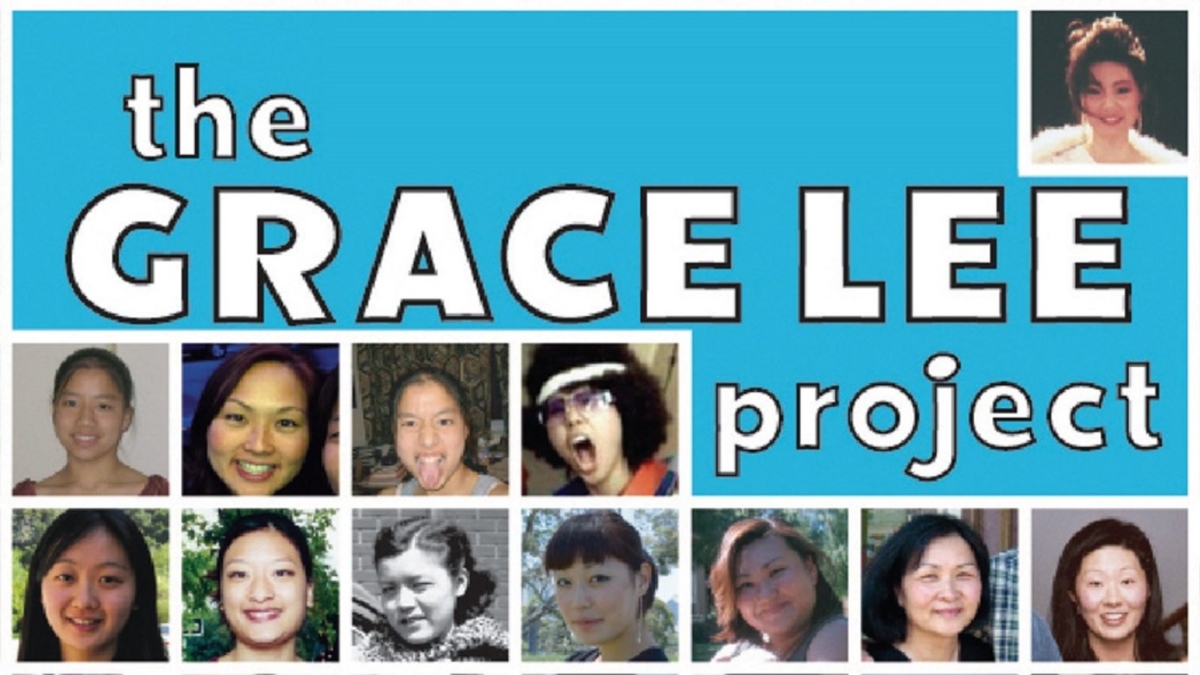Written by: Huizhu Pan
Speaking of Asians for Black Lives Matter, I’ve seen many Asian Americans actively participating in protests. But it is still surprising to know there was an Asian activist leading Black revolutions in “American Revolutionary: The Evolution of Grace Lee Boggs” (2014), a biographical documentary directed by Grace Lee.
The film features an 85-year-old Chinese American social activist and tells the legendary story of her being a decades-long pioneer in the Black Power movement since the 1960s. Known for her extensive activities in Detroit including hosting Malcolm X’s famous lecture ”Message from the Grassroots,” Grace Lee Boggs became a civil rights icon. In the film, director Grace Lee draws a question: What defines a person?
In 2005, Lee made another documentary called “The Grace Lee Project” in which she reached out to different Grace Lees across the Pacific, seeking for various personalities under the typical Asian American woman’s name. Grace Lee Boggs was one of them. From 2005 to 2014, in almost a decade, it’s interesting to see how director Grace Lee’s two films shed light on identity issues but in two different ways.
In “The Grace Lee Project,” Lee tries to deconstruct an Asian American stereotype by first revealing it then subverting it. In the first segment, Lee asks different people to free-associate the name Grace Lee, and frequently gets answers like smart, nice, quiet and accomplished. The model minority myth evokes her identity crisis. She cannot help asking, “Are all Grace Lees cut from the same cloth?”
In the film, being an Asian American woman becomes the prerequisite for the exploration of identity. And the director’s mission of her journey is clear: to find a rebellious Grace Lee who breaks the mold. The Grace Lees we see in the film can be categorized into three types: Those who live a common life but express their emotions in different ways, through arts or religious beliefs; Elites who distinguish themselves through hard work or by being famous such as Bruce Lee‘s mother; And exceptions who wouldn’t make us associate them with a particular identity, like activist Grace Lee Boggs.
The idea of exploring Asian American women’s identities is intriguing, but the conclusion of the documentary is not quite satisfying. Lee sets out to prove that all Grace Lees are not alike, but in the end feels grateful how much Grace Lees have in common regarding their positive attitude towards life. Still, I think the question of what defines a person remains obscure.
The director tries to prove that there are more possibilities than most people could imagine about the community. Yet, the example of Grace Lee Boggs doesn’t seem to apply to the director’s overall idea for the documentary: “It’s hard to imagine a world where identity isn’t everything.”

Moving to Detroit in her 30s and living there for the rest of her life, Boggs witnessed the Black auto workers’ suffering and their movements against oppression during the Great Depression. She didn’t think of herself as Chinese American or a woman because in the 20th century, the ideology of Asian American and gender weren’t as influential and prevalent as nowadays. Instead, living with the Black community shaped her and inspired her to become an activist.
The intergenerational dialogue impressed the director a lot. She realized that the impact of the era on one’s identity shouldn’t be overlooked. In an interview, Lee indicates that she knew there was a bigger story behind Grace Lee Boggs when they first had their two-hour conversation for “The Grace Lee Project.” And it took her years to come up with a proper idea to express the different layers of Boggs’ story — the elimination of the racial border, her evolutionary political directions and her marriage story.
Different from the “Project” which focuses on the characters’ biological identities and their present lives, ”American Revolutionary” leads the audience to dig into the root of Grace Lee Boggs and see how she became an activist. It reveals Grace Lee Boggs’ three social identities: A key player and scholar of social movements who received her Ph.D. in 1940; The wife of Black Power movement’s leader James Boggs; And a life-long learner who is always open to conversations with younger generations. This time, she was no longer a Grace Lee who broke the Asian American woman stereotype, but a venerable revolutionary who was always in service of something larger than herself.
Director Lee’s different approaches to Asian American women’s identities across the years reflect her personal evolution. After the “Project” in 2005, she started to explore broader topics besides personal struggles such as women’s roles in political movements: “Janeane From Des Moines” (2012), “Makers: Women in Politics” (2014) and “And She Could Be Next” (2020). The name Grace Lee once served as a representation of the minority’s identity but it gradually became an afterthought: Neither a name nor its implication about ethnicity and personality defines a person, but rather the myth behind one’s identity is how they make an influence.
“The Grace Lee Project” is available on demand through Kanopy and available to purchase online. “American Revolutionary: The Evolution of Grace Lee Boggs” is available on Amazon, Google Play, iTunes, Vudu and YouTube. Check out our review from 2013 on the latter film.

